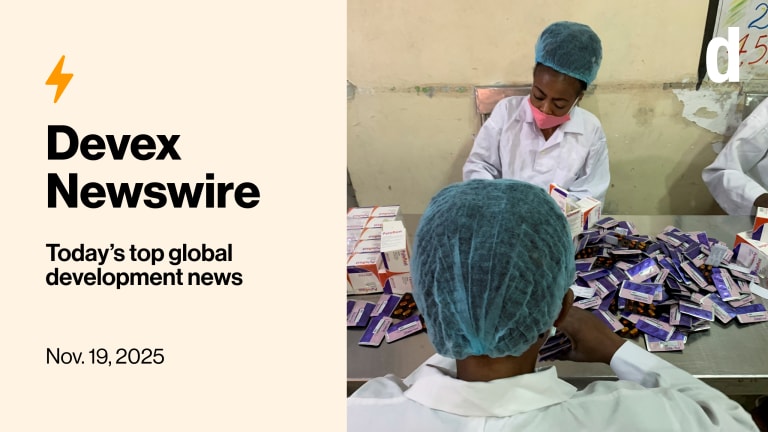The U.S.’s strategy in meeting the U.N. Millennium Development Goals appears to be a step in the right direction but its true test will be in its implementation, two experts from the Heritage Foundation say.
Brett Schaefer and Caitlin Harman say they welcome the U.S.’s strategy for aiming to “promote broad-based economic growth by helping countries formulate and implement pro-growth policies, promote trade, invest in infrastructure and stimulate entrepreneurship.”
But this approach to attaining the MDGs, as well as the strategy’s assessment of development assistance is far from revolutionary, the two experts say.
“While the administration’s MDG strategy report acknowledges the value of pro-market policies and the need to measure and evaluate aid programs, it willfully shies away from assessing the efficacy of past aid efforts,” Schaefer and Halman explain.
The two cite previous arguments on how aid is counterproductive to development by supporting bad policies and the governments that devise and implement such policies
“The best approach to eliminate extreme poverty is to discourage policies that stifle economic growth and promote policies such as free trade that encourage it,” they explain. “The United States should provide incentives for countries to pull themselves out of poverty by eliminating obstacles to free-market growth and by giving development assistance to countries that place a priority on good policy.
They laud the U.S. for acknowledging this reality. But the two ask: “Will it have the boldness to promote this vision in September?”
The U.S. MDG strategy, which was unveiled July 30, has evoked varying reactions and opinions from the international development community.








